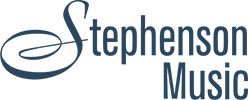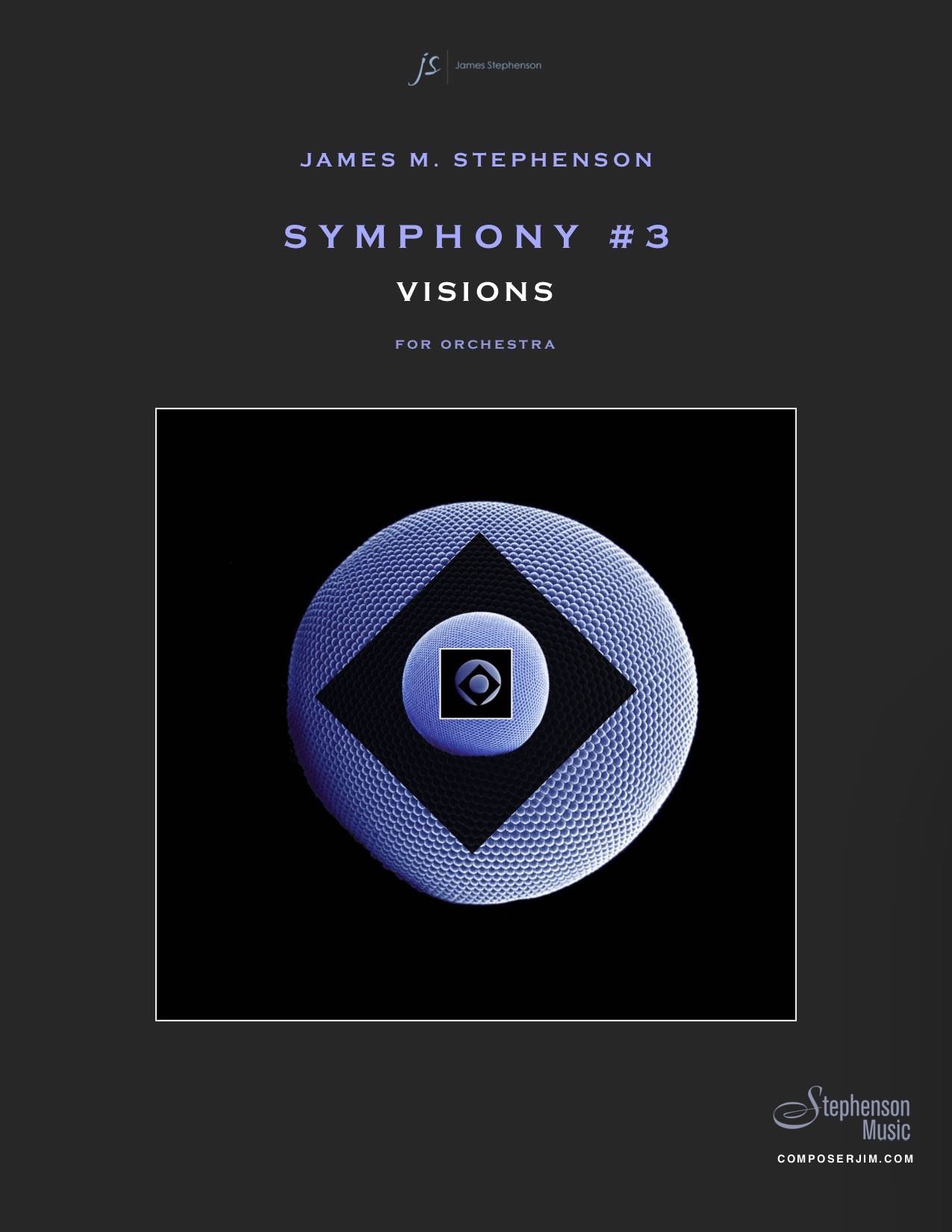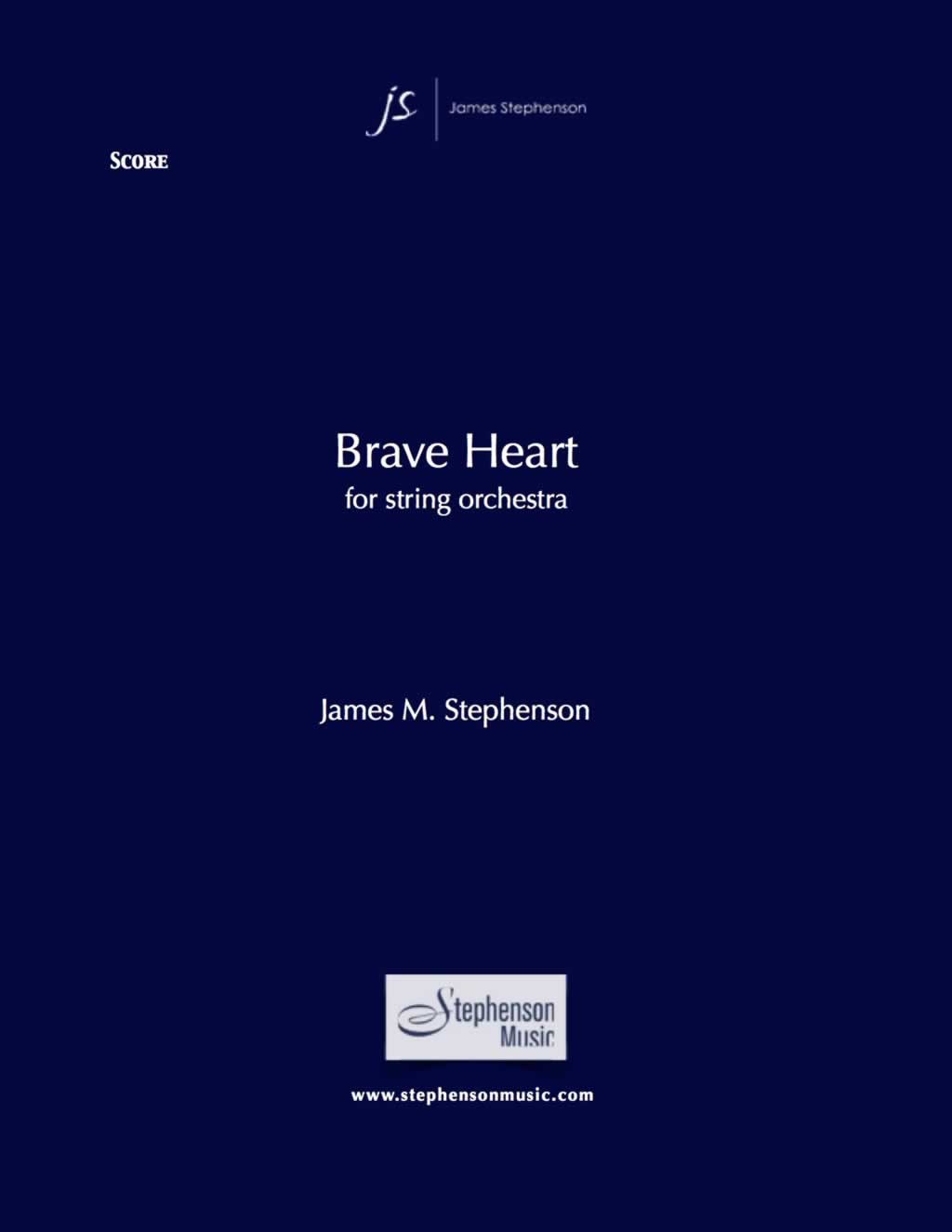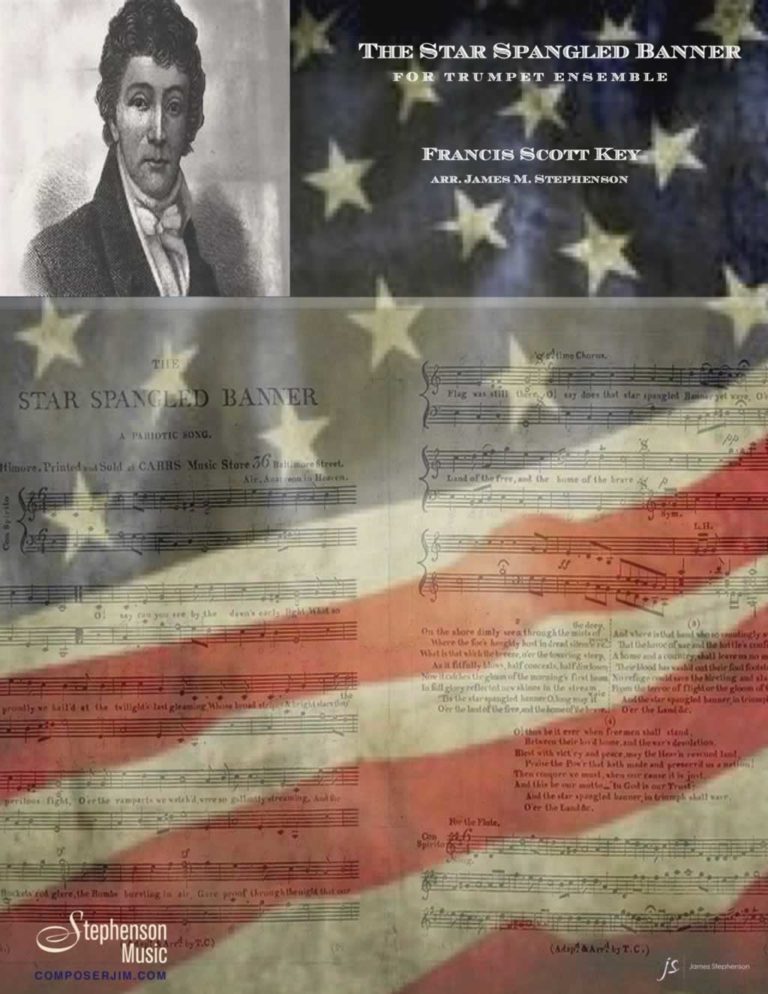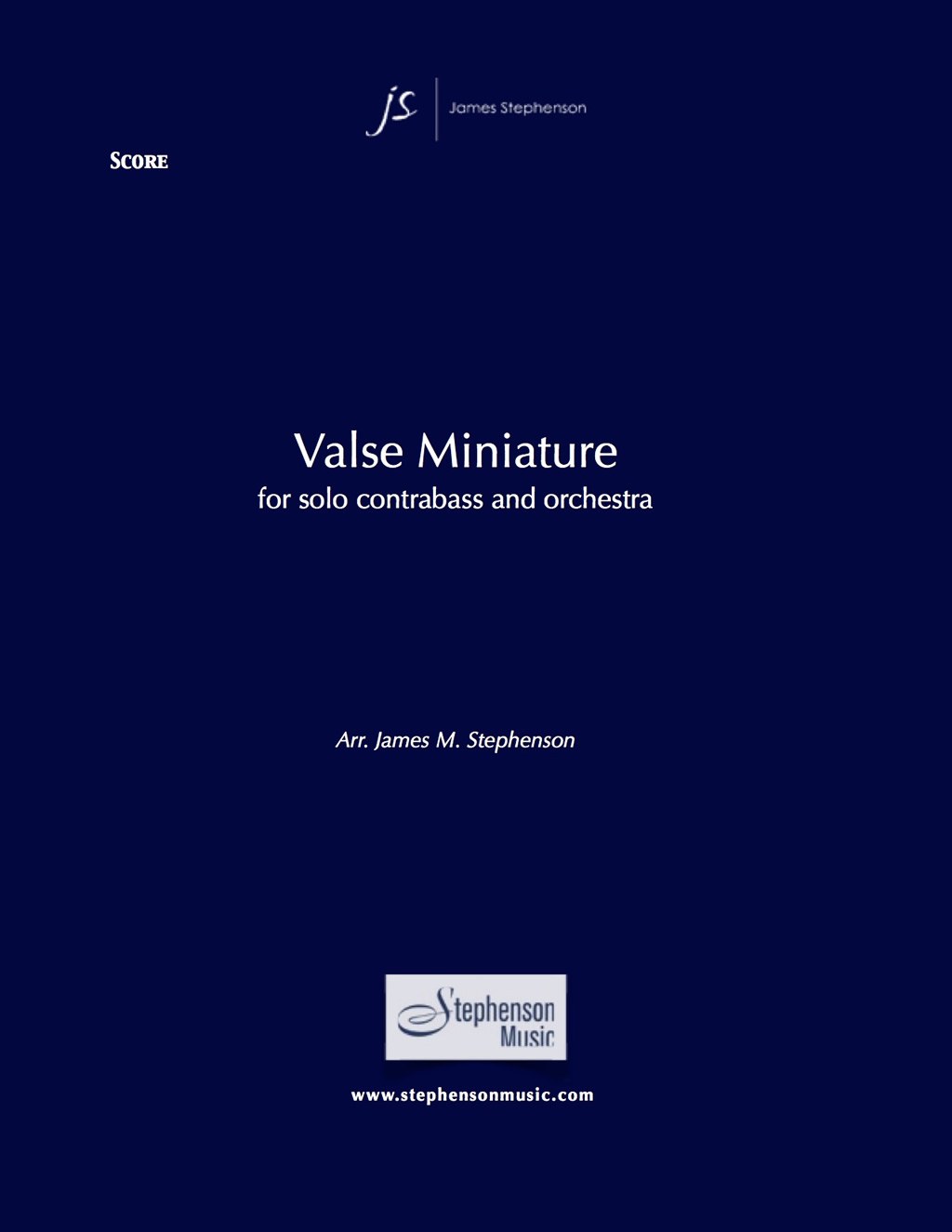Symphony No. 3
$100.00 – $900.00
42′
For orchestra.
*3*3*3*3 (opt. 3 saxophones, see NOTE) – 4331 – t + 3 – harp – strings
Sample of III. Scherzo (trio):
[waveplayer ids=”19535″]
Description
SYMPHONY NO. 3 — VISIONS
by James M. Stephenson
Commissioned by the University of Miami Frost School of Music
duration: approx. 42 minutes
NOTE: from the composer: In the trio of the 3rd movement, the intent is that the 1st clarinet, 1st bassoon, and 1st trumpet parts might also be considered for performance by saxophones (soprano, alto, tenor) for orchestras that have the budget. Optional parts have been provided, and this would be the composer’s preference, when possible. They only play in this trio section of the 3rd movement, and at large tutti sections at the very ends of movements 3 and 4.
Program Notes – by the composer:
In the summer of 2017, while in residence at the Cabrillo Festival of Contemporary Music, I got the opportunity to know Thom Sleeper, who was then the conductor of the University of Miami Frost School of Music Symphony Orchestra. I had always known and admired Thom as a composer, and this opportunity to spend some time together provided a chance to “talk shop” about composing, which was something I truly enjoyed. It wasn’t long thereafter that I made a bold move and wrote to Thom, telling him that I felt I had a “major work” in me, and that I would love it if I could write it for him. Much to my delight, he put the wheels in motion and eventually had me engaged to write what would become my third symphony. One thing had changed in the intervening months however: that he would be retiring and that the job of conducting it would fall to Alexander Magalong as part of his (Alexander’s) doctoral dissertation.
The subtitle of “Visions” actually came to me in a rather humorous way. About one-quarter way through composing the piece, I found myself constantly getting really tired during my workday. However, by chance, I started wearing glasses (that were simply lying around the house), and discovered that I suddenly had boundless energy (as I wasn’t straining to see the score), and the ideas really started flowing. That being said, the true reason for the subtitle lies in what I think about while composing, most especially while writing this monumental work.
As a young trumpeter (my first musical passion), I would always get together with friends to play through our favorite musical excerpts; that is, those passages in the repertoire which had become staple yardsticks by which to measure our technical and musical growth. At first these were very difficult, but over the years they would become fun and a great source of camaraderie. Later on, in my professional life, I would sense the music which would get me and all of my colleagues excited about a concert. You could feel it on stage. One could also see it on a conductor’s face, or get a sense of what music would really energize an audience.
Therefore, while writing this piece, all of these memories, these visions, were what I kept in the forefront of my mind. This piece is entirely composed for the players on stage, the conductor, and the audience in the hall. I would literally close my eyes, and imagine myself sitting there, in the performance space, and I would then only write music which I could envision getting colleagues, patrons, conductors, and young versions of myself at the edge of their seat, eager to play and experience.
Formally, the work is rather classical in nature. This is on purpose. I wanted to see if I could explore and make valid comment on the four-movement symphony in its most usual form. The opening E-minor 7th (Em7) chord becomes crucial, both harmonically and structurally, as does the opening flute duet. These materials are constantly in the pages of the work, whether hidden or most obvious. The four movements are laid out accordingly, in B minor, E Major, G Major, and finally, D Major, spelling out the notes in the opening chord, though not in order. The ideas in the symphony, always reworked and revisited, appear in many guises, ranging from soaring and heroic, to quirky and fugal, to lush and sentimental, to intimate and lonely, to grand and triumphant. I really also made an effort to make sure that everyone in the orchestra would get something to do.
Again, a most sincere thank you to Thom Sleeper for allowing me to explore this vision, in almost the grandest of forms. To date, this is my largest work, and I am excited to share it with he world.
Jim Stephenson ~ January 29, 2019
instrumentation: *3*3*3*3 (opt. 3 saxophones, see NOTE) – 4331 – t + 3 – harp – strings
piccolo, 2 flutes
2 oboes, english horn
2 Bb clarinets, bass clarinet
2 bassoons, contrabassoon
**3 saxophones optional (soprano-alto-tenor)
**NOTE: optional parts for three saxophones: soprano, alto, tenor. This is for the trio of 3rd movement only, but preferred by the composer, when possible.
4 french horns in F
3 trumpets in C
2 tenor trombones, bass trombone tuba
timpani + 3 percussion (players) harp
strings
Additional information
| Type of Purchase | |
|---|---|
| Type of Work |
